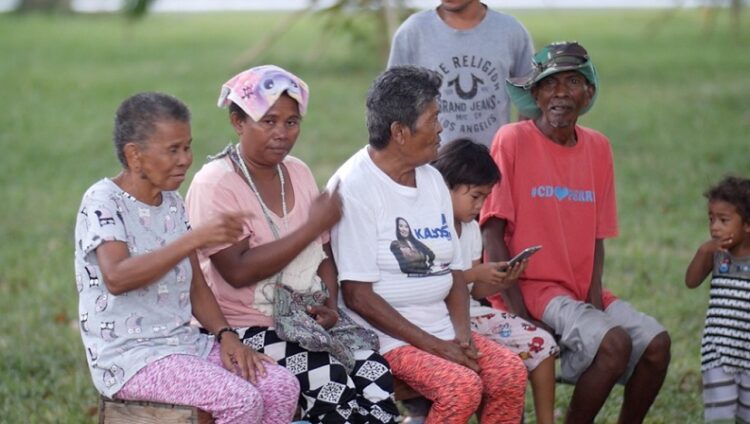The Philippines, an archipelagic country in Southeast Asia, is categorized into three mountainous regions: Luzon, Visayas, and Mindanao. However, the Aeta, Agta, or Ayta people, the original Black race that inhabited the country, lived in Luzon before the Austronesian people migrated to the land.
While it remains unclear when or how the African natives migrated there, historians and anthropologists suggested that they crossed the island of Borneo between 20,000 and 30,000 years ago, Travel Noire reported.
The Aeta self-identified as Negritos during Spanish colonial rule. With a population of 15,000, the migrants comprise 25 different ethnolinguistic groups dispersed throughout the archipelago region. Additionally, the Negritos were classified as a group of people with dark-brown skin and curly or kinky afro-textured hair. However, according to historians, some Aetas had a lighter hair color similar to blonde and were known to have small statures or small frames.
In northern Luzon, the Aeta groups were reportedly considered “Pugut” or “Pugot.” The name was given to the natives by a llocano-speaker in the region when referencing people with darker complexions. In llocano, the word also means “goblin” or “forest spirit.” The Aetas survived as forest dwellers, hunters, and gatherers for thousands of years while learning to provide for themselves.
“The Aeta speak Mag-indi, Mag-antsi, Abellen, Ambala, and Mariveleño. They are also known to adopt the language of their neighbors.”
According to a study from Uppsala University, the Negritos had significant levels of Denisovans, an extinct species of archaic humans, in their genetic ancestry. In the study, Dr. Maximilian Larena, a researcher in the Department of Organismal Biology at the university, and his colleagues conducted research to discover the demographic history of the Philippines, per Sci-News.
“We made this observation despite the fact that Philippine Negritos were recently admixed with East Asian-related groups — who carry little Denisovan ancestry, and which consequently diluted their levels of Denisovan ancestry,” Dr. Larena said.
“If we account for and masked away the East Asian-related ancestry in Philippine Negritos, their Denisovan ancestry can be up to 46% greater than that of Australians and Papuans.”
Over the past few decades, the Aeta’s have decreased in numbers and they’re currently occupying the “western foothills of Mt. Pinatubo.”
Since then, the Aetas have suffered racial discrimination and received no recognition from their government.









